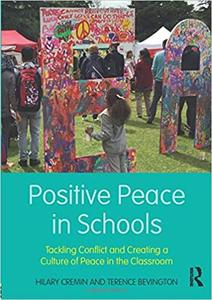
Hilary Cremin, "Positive Peace in Schools: Tackling Conflict and Creating a Culture of Peace in the Classroom"
English | ISBN: 1138235644 | 2017 | 182 pages | PDF | 2 MB
Positive Peace in Schools offers a fresh and challenging perspective on the question of conflict, violence and peace in schools. Drawing on the most up-to-date theory and research from the field of peace and conflict studies, this book provides readers with a strong understanding of the concept of positive peace, and how the dimensions of peace-keeping, peace-making and peace-building can be robustly applied in schools.

Police, Power, and the Production of Racial Boundaries By Ana Muñiz
2015 | 155 Pages | ISBN: 0813569761 | PDF | 5 MB
Based on five years of ethnography, archival research, census data analysis, and interviews, Police, Power, and the Production of Racial Boundaries reveals how the LAPD, city prosecutors, and business owners struggled to control who should be considered "dangerous" and how they should be policed in Los Angeles. Sociologist Ana Muñiz shows how these influential groups used policies and everyday procedures to criminalize behaviors commonly associated with blacks and Latinos and to promote an exceedingly aggressive form of policing. Muñiz illuminates the degree to which the definitions of "gangs" and "deviants" are politically constructed labels born of public policy and court decisions, offering an innovative look at the process of criminalization and underscoring the ways in which a politically powerful coalition can define deviant behavior. As she does so, Muñiz also highlights the various grassroots challenges to such policies and the efforts to call attention to their racist effects. Muñiz describes the fight over two very different methods of policing: community policing (in which the police and the community work together) and the "broken windows" or "zero tolerance" approach (which aggressively polices minor infractions-such as loitering-to deter more serious crime). Police, Power, and the Production of Racial Boundaries also explores the history of the area to explain how Cadillac-Corning became viewed by outsiders as a "violent neighborhood" and how the city's first gang injunction-a restraining order aimed at alleged gang members-solidified this negative image. As a result, Muñiz shows, Cadillac-Corning and other sections became a test site for repressive practices that eventually spread to the rest of the city.Reviews"In a compelling, nonacademic way, Police, Power, and the Production of Racial Boundaries blows the lid off gang suppression policies in Los Angeles. Through a combination of personal narrative and rigorous scholarship, Ana Muniz reveals how gang injunctions have hurt minority communities and fomented racial tensions for a generation. A fabulous book that I couldn't put down, it is a must-read for every public defender or civil rights lawyer representing teenagers accused of gang activities."--Sean Kennedy, Executive Director, Center of Juvenile Law & Policy , Loyola Law School"The genius of Police, Power, and the Production of Racial Boundaries is in the author's skillful analysis on the 'other side' of the criminal justice system. This book stands out precisely because it turns a critical eye toward the creators and enforcers of the law."--Christopher Bickel, assistant professor of sociology, California State University, San Marcos
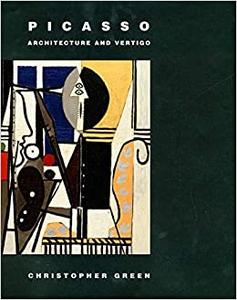
Christopher Green, "Picasso: Architecture and Vertigo"
English | ISBN: 030010412X | 2006 | 256 pages | PDF | 83 MB
The starting point of this exciting new exploration of Picasso is not his life but his work, which is revealed as a series of interventions in the troubled history of early twentieth-century Europe. Christopher Green shows how these interventions are remarkable for the force with which they confront issues that remain vital and important for us today: race, cultural difference, modernity, sexuality and the discontents of civilization. The framework for Green's exploration is simple, yet enormously rich in its implications: the compulsion found in Picasso's work simultaneously to build architectures and to release himself from them. Architecture is used by Green to refer not merely to pictorial or sculptural structure, but to the architecture of knowledge and society: the structures of tradition, of racial, social and cultural distinction, of logic and of technology. He not only develops new ways of seeing the oscillation between order and disorder in Picasso's work, but moves outwards from it to reveal how it confronted and challenged the architectures of orthodoxy.

Edward Bailey, "Photoshop: Photoshop Lightroom and Photography for Beginners"
English | ASIN: B01LMMRQV0 | 2016 | 150 pages | AZW3 | 3 MB
Learn the fundamental Photoshop design principles that will help you grow your skills and refine your techniques for improved graphic design.
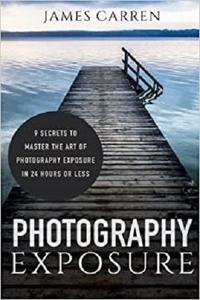
Photography Exposure: 9 Secrets to Master The Art of Photography Exposure in 24h or Less by James Carren
English | October 23, 2015 | ISBN: 1518680496 | 418 pages | EPUB | 0.47 Mb
Learn How to Take STUNNING Photos Effortlessly!
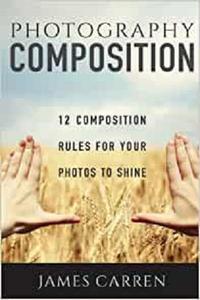
Photography Composition: 12 Composition Rules for Your Photos to Shine by James Carren
English | October 9, 2015 | ISBN: 1517702917 | 418 pages | EPUB | 0.46 Mb
Master The Art of Photography Composition! Learn All The Right Tricks to Make You A Better Photographer Today!
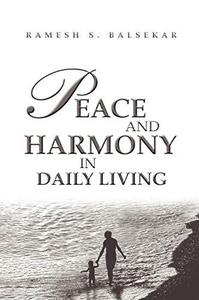
Peace and Harmony in Daily Living By Ramesh S. Balsekar
2003 | 302 Pages | ISBN: 818847956X | PDF | 2 MB
Do you really know what you want most in life? Even if you have all the success, fame and money you want, and the good health to enjoy it - are you happy and fulfilled? Why is it that we all find ourselves seeking something more from life - all the time? Now, a modern sage points out that each one of us, at some time or the other, has a taste of what that is: an uninterrupted experience of peace and harmony. He also shows how we can achieve this constant repose in our ordinary, hectic, daily living. This is what the seeking - most evidently, the spiritual seeking - is all about. Thus, Ramesh Balsekar in his book Peace and Harmony in Daily Living raises a very basic question: Why should anyone seek 'enlightenment' or 'Self-realization'? A simple examination of one's personal experience will reveal that what usually disrupts the peace and harmony in life is a thought about something we think we - or someone else - should or shouldn't have done. Hence, a massive load of guilt and shame for oneself, or hatred and malice for the other, is perpetuated. Without a lot of arduous effort - work, discipline, sacrifice, sadhana - without outside assistance, but simply by investigating one's own experience, it is possible to get relief from this bondage. What mystics have said for ages, is here viewed from the perspective of modern living: that actions are happenings and not something done by someone. This understanding is what actually contributes to and helps us in discovering the state of equanimity and peace which we most ardently seek. Try it and you will see how simple it really is.
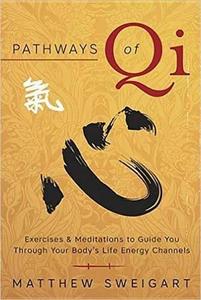
Pathways of Qi: Exercises & Meditations to Guide You Through Your Body's Life Energy Channels By Matthew Sweigart
2016 | 336 Pages | ISBN: 0738748226 | EPUB | 9 MB
[center]
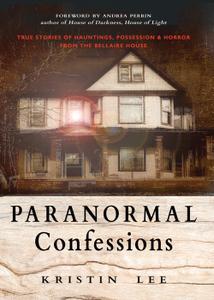
Paranormal Confessions: True Stories of Hauntings, Possession, and Horror from the Bellaire House by Kristin Lee
English | August 1st, 2021 | ISBN: 1642970263 | 208 pages | True EPUB | 0.87 MB
True stories of hauntings, possessions, and things that go bump in the night.
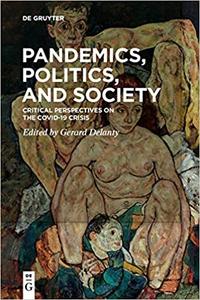
Gerard Delanty, "Pandemics, Politics, and Society: Critical Perspectives on the Covid-19 Crisis"
English | ISBN: 3110713233 | 2021 | 190 pages | PDF | 1306 KB
This volume is an important contribution to our understanding of global pandemics in general and Covid-19 in particular. It brings together the reflections of leading social and political scientists who are interested in the implications and significance of the current crisis for politics and society.


